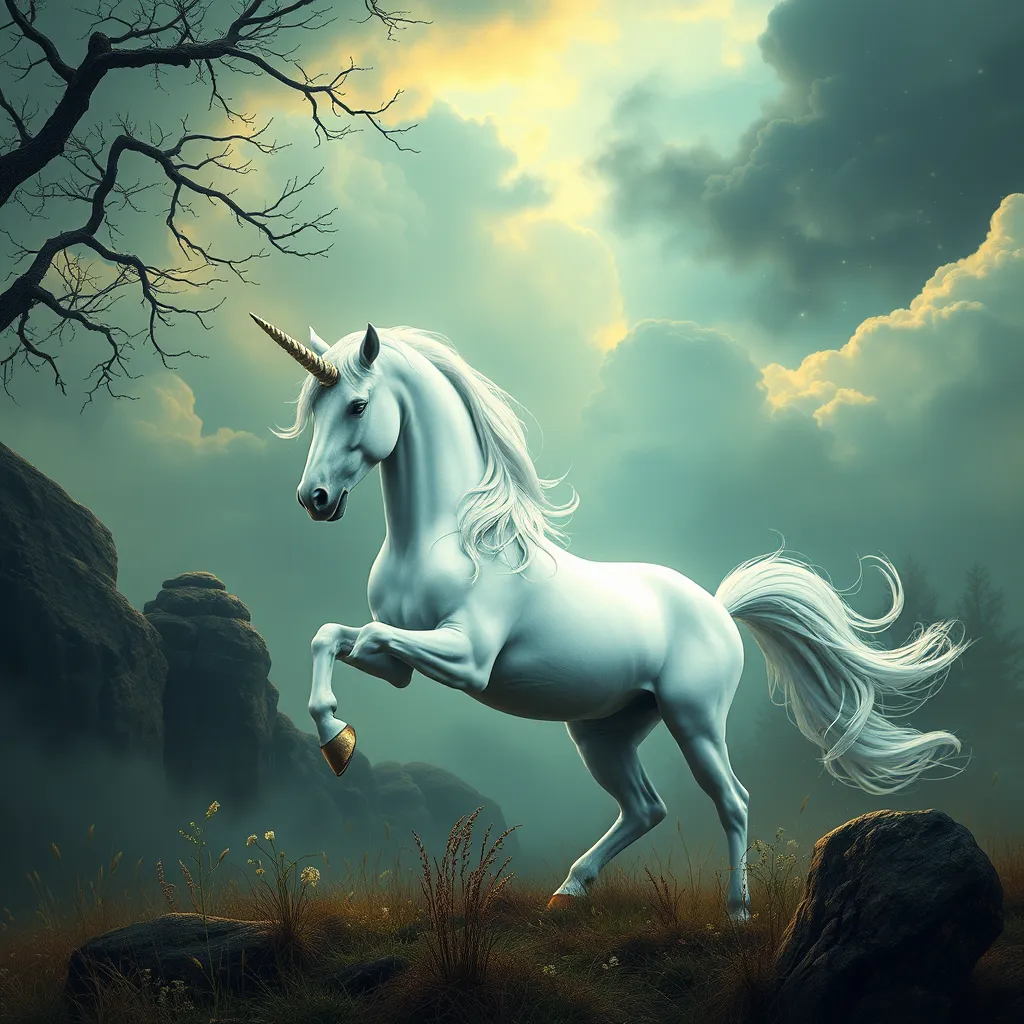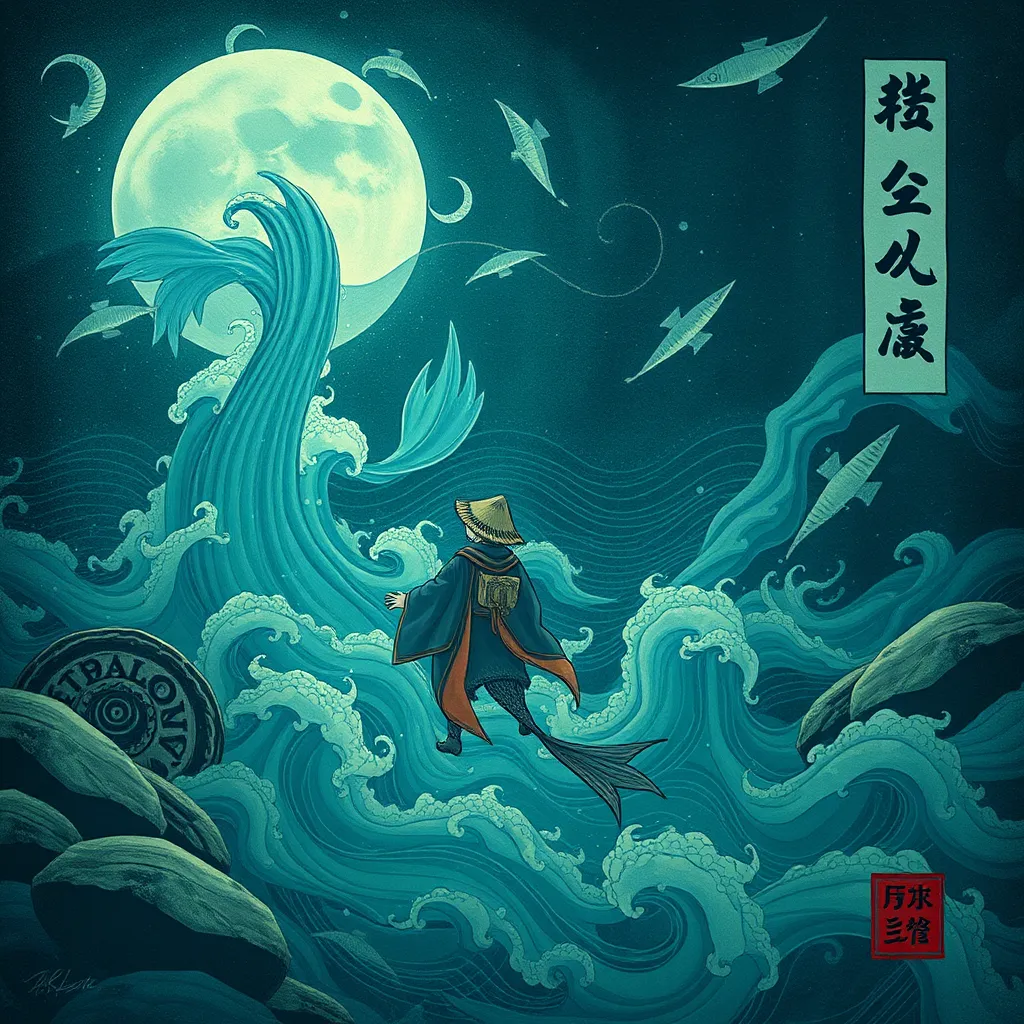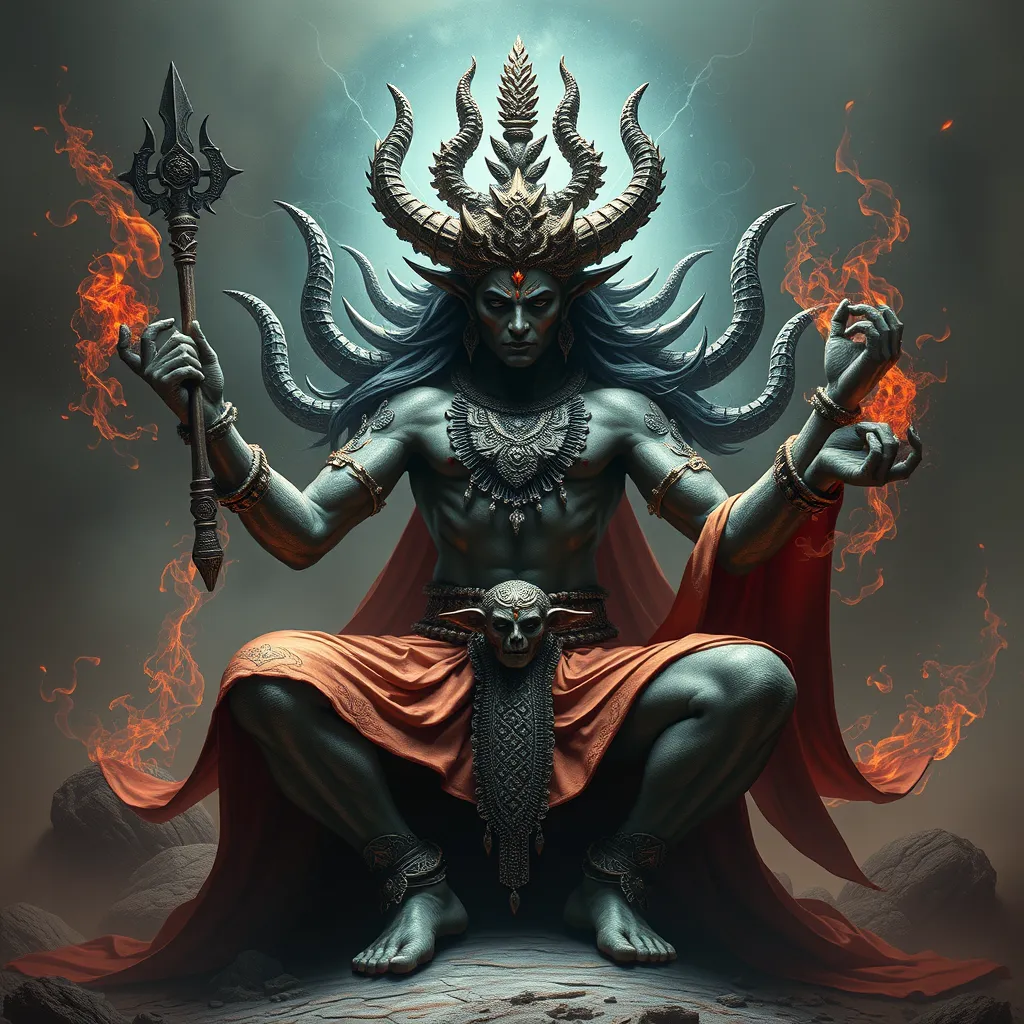The Unicorn’s Song: Exploring the Unicorn in Italian Folklore
I. Introduction
The unicorn, a mythical creature often depicted as a horse with a single spiraled horn, has captivated imaginations across the globe for centuries. In various cultures, it symbolizes purity, grace, and untamed beauty. The allure of this creature transcends boundaries, making it a significant figure in global mythology.
In Italian folklore, the unicorn holds a special place, representing ideals of virtue and innocence, intertwined with cultural narratives and religious symbolism. This article aims to explore the significance of the unicorn within the rich tapestry of Italian folklore, examining its historical context, symbolism, and representation in art and literature.
II. Historical Context of Unicorns in Italian Folklore
The roots of unicorn lore in Italy can be traced back to ancient texts and classical mythology. Early references to unicorns appear in works by authors such as Pliny the Elder, who described a creature resembling the unicorn in his writings on natural history.
- Ancient References: Italian scholars and poets often referenced unicorns in their works, influenced by the descriptions found in classical texts.
- Classical Influence: The unicorn was often associated with the satyrs and the wild, untamed nature of the countryside, merging myth with reality.
- Medieval Transition: During the Middle Ages, the unicorn’s image evolved, becoming more closely linked with Christianity and the Virgin Mary.
III. Symbolism of the Unicorn in Italian Culture
In Italian culture, the unicorn is a multifaceted symbol. Its associations with purity and grace have made it a prominent figure in both religious and secular contexts.
- Purity and Grace: The unicorn is often depicted as a creature of pure heart, embodying innocence and virtue.
- Art and Literature: Numerous artworks and literary pieces throughout Italian history feature unicorns, illustrating their cultural significance.
- Religious Imagery: The unicorn’s connection to the Virgin Mary is particularly noteworthy, symbolizing her purity and divine nature.
IV. Famous Italian Folktales Featuring Unicorns
Italian folklore is rich with stories and legends that feature the unicorn, often imparting moral lessons or cultural values.
- Notable Stories: Tales of unicorns often involve quests or encounters with noble characters, emphasizing themes of virtue and redemption.
- Character Dynamics: The interactions between human characters and unicorns often reveal deeper truths about human nature and the pursuit of goodness.
- Regional Variations: Different regions of Italy boast unique interpretations of unicorn tales, reflecting local customs and beliefs.
V. The Unicorn in Italian Renaissance Art
The Renaissance marked a flourishing of art and culture in Italy, and the unicorn became a popular motif during this period.
- Renaissance Motifs: Artists utilized the unicorn to convey complex ideas about love, purity, and the divine.
- Famous Artworks: Works such as “The Lady and the Unicorn” series exemplify how artists depicted this mythical creature to symbolize various human qualities.
- Contemporary Influence: The imagery of the unicorn continues to inspire modern Italian artists, bridging historical themes with contemporary expression.
VI. Modern Interpretations of the Unicorn in Italy
In contemporary Italy, the unicorn has undergone a revival, finding new meanings that resonate with modern audiences.
- Cultural Revival: The symbolism of the unicorn is embraced in fashion, literature, and media, appealing to younger generations.
- Media Representation: Unicorns frequently appear in Italian films, books, and television, often serving as metaphors for hope and dreams.
- Metaphor for Dreams: In a rapidly changing world, the unicorn symbolizes aspirations, innocence, and the quest for a better future.
VII. The Unicorn’s Place in Italian Festivals and Traditions
Festivals and traditions in Italy often celebrate the rich folklore surrounding the unicorn, fostering community engagement and cultural heritage.
- Celebrations: Events dedicated to unicorn legends highlight the creature’s role in local mythology, bringing communities together.
- Cultural Heritage: Unicorn-themed folklore is actively preserved through storytelling, performances, and crafts.
- Community Engagement: Festivals encourage participation from all ages, ensuring that the lore of the unicorn continues to thrive in modern society.
VIII. Conclusion
Throughout history, the unicorn has held a significant place in Italian folklore, symbolizing purity, grace, and the intertwining of myth and morality. From ancient texts to contemporary interpretations, the unicorn continues to captivate hearts and minds, serving as a reminder of the magical narratives that enrich Italian culture.
As we reflect on the enduring legacy of the unicorn in Italy, we are called to explore further the enchanting stories and symbolism that this mythical creature embodies, ensuring that its song continues to resonate through generations.



